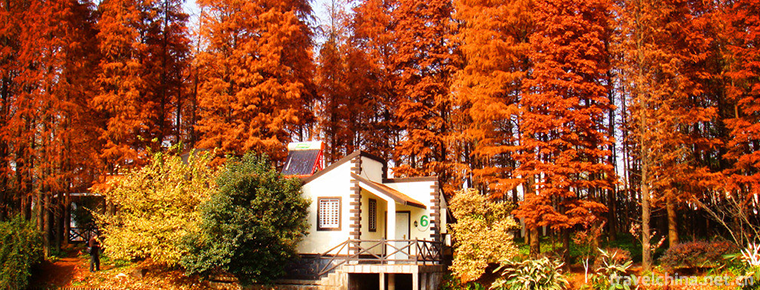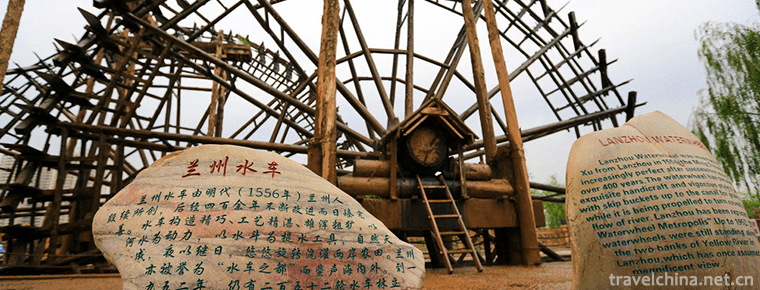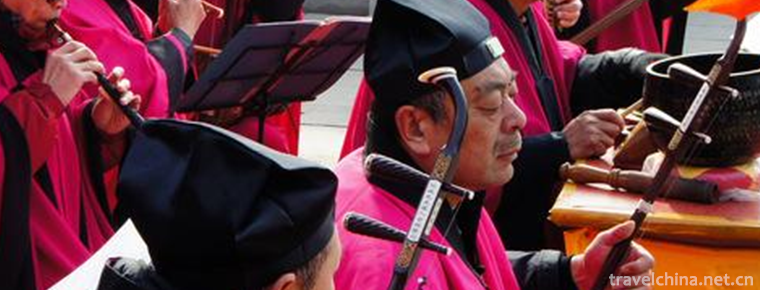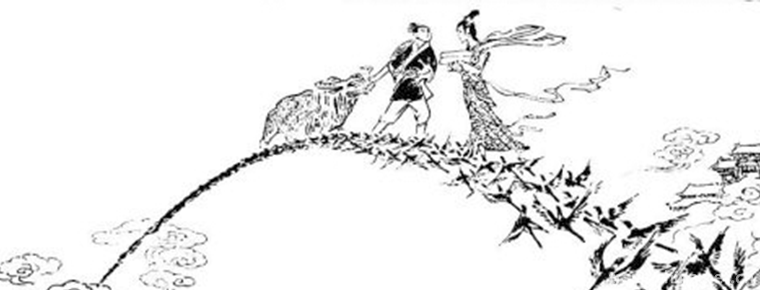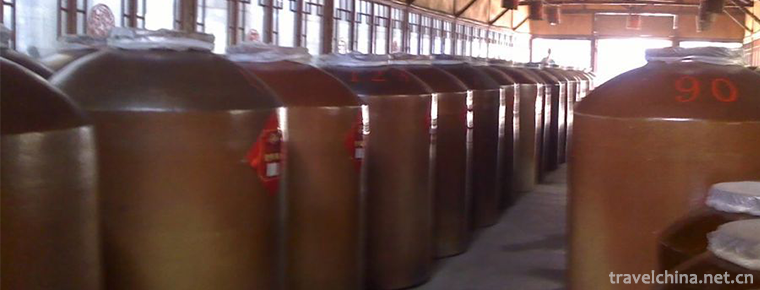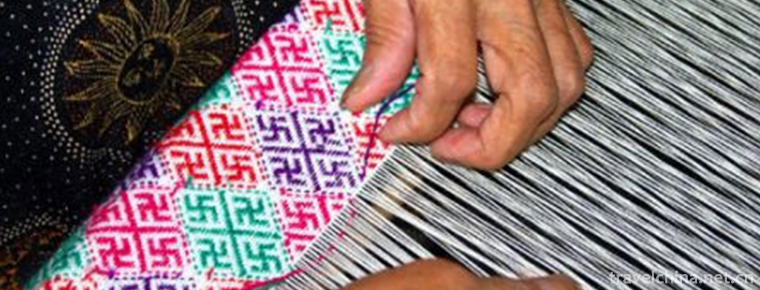Shishi Sacred Heart Cathedral
Guangzhou Shishi Sacred Heart Cathedral is located in Yide Road, Guangzhou city center. Sacred Heart Cathedral was named Sacred Heart Cathedral because it was officially laid on Sacred Heart Day on June 18, 1863. Built in 25 years, it is the most magnificent and characteristic Cathedral in the Catholic parish of Guangzhou. The Sacred Heart Cathedral is designed by French designers and built by Chinese craftsmen.
The total area of the church is 2754 square meters, 35 meters wide in East and west, 78.69 meters long in North and south, 58.5 meters high from the ground to the spire. The Stone Chamber Sacred Heart Cathedral was founded in 1861 at a cost of 400,000 francs, which is comparable to Notre Dame's Cathedral in Paris, France. It is the largest cathedral in the Catholic Diocese of Guangzhou, one of the most magnificent Gothic double-spired buildings in China, the largest stone-structured Catholic building in Southeast Asia, and one of the four All-stone Gothic church buildings in the world (the other three are Notre Dame in Paris, Westminster Cathedral, Cologne Cathedral), because of the whole cathedral. The walls and pillars are made of granite, so they are also called "Stone Chamber" or "Stone Chamber of the Holy Heart of Jesus" or "Stone Chamber Catholic Church". In 1996, it was declared the national key cultural relics protection unit. It is a key cultural relic protection unit in Guangdong province.
In 1856, when the Second Opium War broke out, the Anglo-French Allied Forces captured Guangzhou and leveled the governor's office in Guangzhou and Guangzhou. At that time, the missionary's inscription of "Pope Supervisor Pastoral" in Guangzhou and Guangzhou, appointed by the Holy See, looked at the foundation of the governor's office in Guangzhou and Guangzhou, which had been leveled, and demanded that a church be built for him, but the governor of Guangzhou and Guangzhou, Lao Chongguang, In 1861, the unequal treaties between China and France stipulated that the French would build their own chapel schools at the ports of trade.
Ming Chai once returned to France to see Napoleon, emperor of France, for 500 thousand francs. The excavation of Sacred Heart Cathedral began on August 26, 1861, and a grand foundation laying ceremony was held on December 8, 1863. The Ming Dynasty inscriptions also sent a kilogram of earth from Rome and Jerusalem to express that Catholicism was founded in East Jerusalem and rose in West Rome. The lettering "JERUSALEM 1863" in the east corner and "ROME 1863" in the west corner are still visible.
In 1864 the French Church invited two architects, VONUTRIN and HUMBERT, to emulate the design of St. Claudius in Paris. By the time the church was completed in 1888, Cai Xiao had turned into a more than 50 year old man from his 20s. But this is a relatively short time to build the church, Notre Dame in Paris was built 87 years, and the German Church of Cologne was built for seven centuries to complete.
The stone chambers have undergone two major damage:
During the First Anti-Japanese War, a Japanese plane hit a lightning rod on a spire, hit a teahouse in the sea in front of the church, and exploded, shattering part of the Napoleonic stained glass.
The second was subversive destruction. During the Cultural Revolution, the stone chambers were badly destroyed, all religious paintings torn down, the rest of the post-war Napoleonic stained glass shattered, flower windows shattered, all scriptures and sermons piled up on kneeling benches into hills and burned in churches, stone walls and stones. The column was burned and burst, and it had been repaired several times, but there were still burning marks. The lion head drain on the roof was broken by hammers, which was once a garbage disposal site during the cultural revolution. In July 1979, the municipal government re implemented the policy of religious belief and began to prepare for the re opening of the stone chamber. Believers live in normal religious life, and believers and tourists from all over the world visit the stone houses.
After the completion of the Sacred Heart Cathedral, there were three major repairs.
The first time was in the 1920s, the stone chamber roof and beams, East and West Tower stairs and other wooden structures were all converted into reinforced concrete structures.
The second was in the 1980s, when the State Council Religious Affairs Bureau (State Religious Affairs Bureau) allocated 150,000 yuan to repair the church. However, due to long-term wind and rain, rain leakage and long-term disrepair, the church again scarred, some of the structure and components seriously damaged.
In July 2004, the third major overhaul of Shishi church was completed and reopened in the autumn of 2006. The overhaul cost up to 20 million yuan. Before the overhaul, the stone chamber church could only use some ordinary glass instead of flower windows. One of the main tasks of the restoration was to replace all 98 special glass made from the Philippines. These glass were "gold for price" and cost 4.3 million yuan for 700 square meters. The glass images, based on the stories and representatives in the Old Testament and the New Testament, depict about 60 biblical stories, including the birth of Jesus, the baptism of Jesus and the Last Supper. In the overhaul, the church has reinstalled the mechanical clock and is now in operation. In addition, the church's staircases, channels, girders are renovated, internal and external wall granite renovated by hand cleaning, repair stone pillars, ceiling, altar, kiosk, chanting tower, lighting lines, lighting and other indoor configuration.
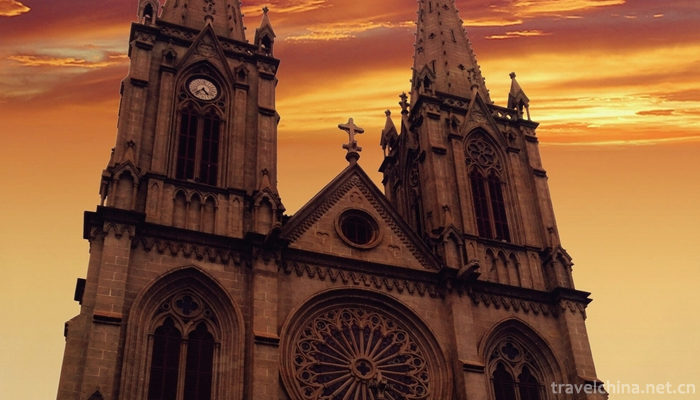
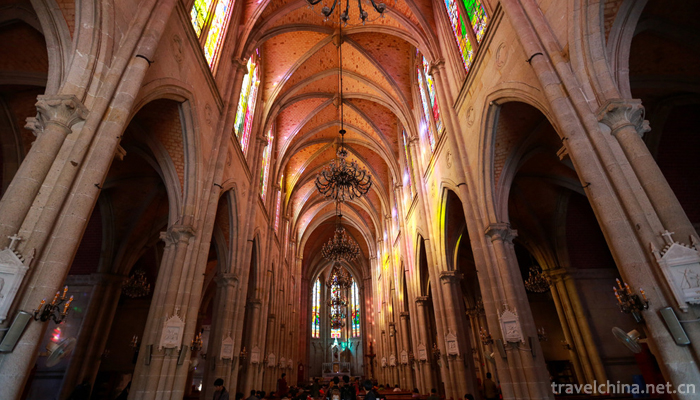
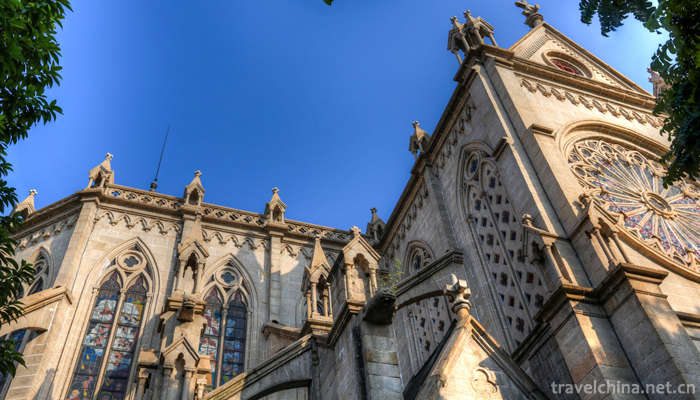
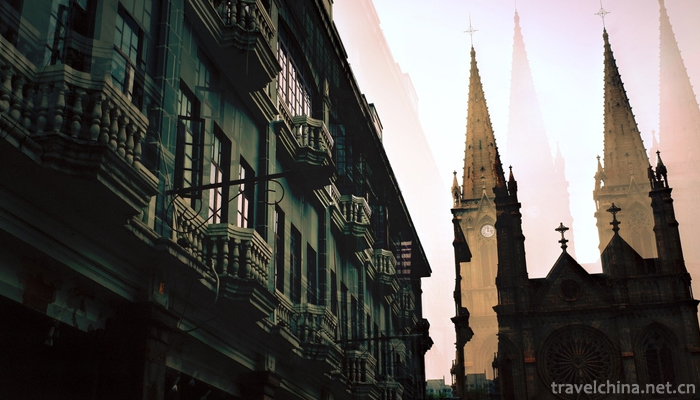
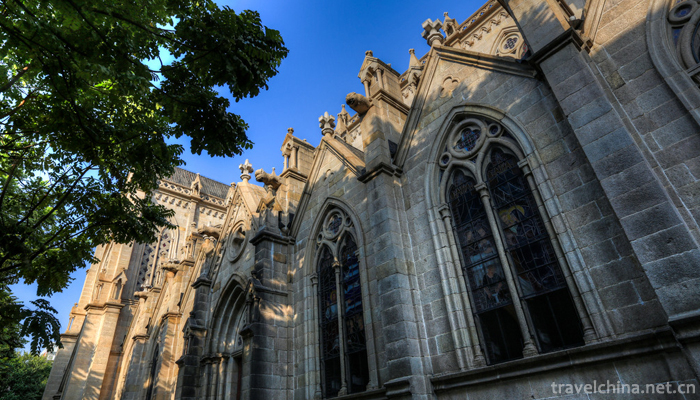
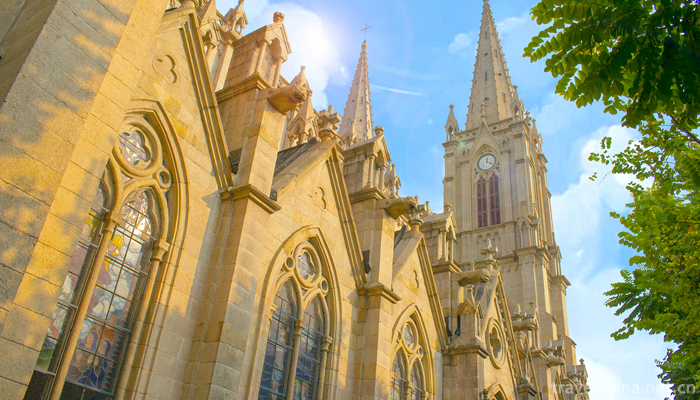
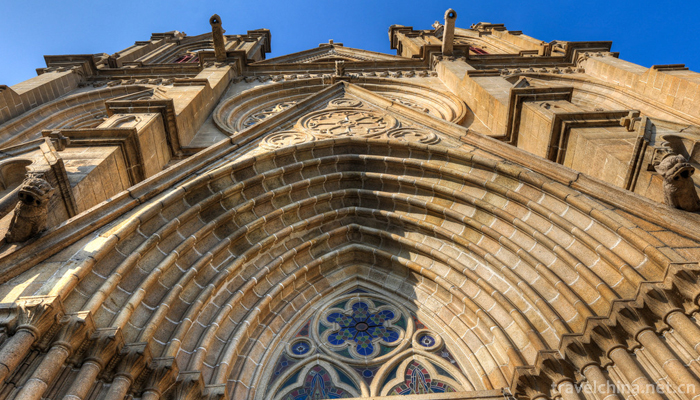
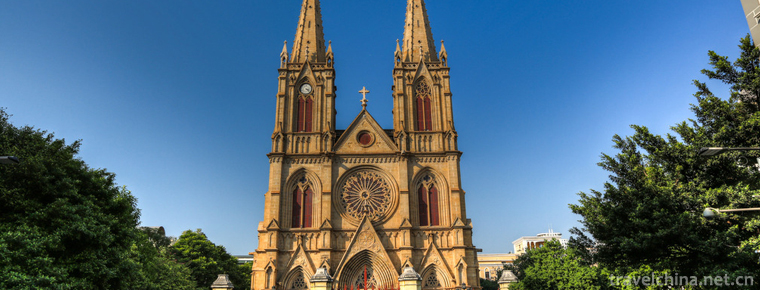
Shishi Sacred Heart Cathedral
-
Braised Shredded Chicken with Ham and Dried Tofu
Braised Shredded Chicken with Ham and Dried Tofu, also known as chicken juice, boiled silk, the traditional dishes are Huaiyang cuisine
Views: 225 Time 2018-10-27 -
GongQing Forest Park
Gongqing Forest Park is located in Yangpu District, Shanghai. It is bordered by Huangpu River in the East and Military Road in the west. The total area of the park is 1965 mu, and the open public
Views: 330 Time 2018-12-24 -
Shandong Zhisheng Tangquan Tourist Resort
Shandong Zhisheng Tangquan Tourist Resort is located in Linyi City, Shandong Province. It is invested and constructed by Shandong Chenshi Home Estate Co., Ltd.
Views: 432 Time 2019-02-08 -
Waterwheel Garden
On August 26, 2005, Lanzhou, known as the "Water Vehicle Capital", built a Water Vehicle Expo Park, which reproduced the spectacular scene of water vehicles on both sides of the Yellow River
Views: 237 Time 2019-02-08 -
Taoist Music
Taoist music is one of Chinese religious music. Taoist music is an indispensable part of Taoist rituals. It has the characteristics of foiling and rendering religious atmosphere, enhancing believers'y
Views: 287 Time 2019-04-25 -
Qixi Festival
Qixi Festival, also known as Qiqiao Festival, Qijie Festival, Daughter's Day, Qiqiao Festival, Qiniang Club, Qiaoxi Festival, Bull Bull Mother's Day and Shuangqi Festival, is a traditional Chinese fes
Views: 270 Time 2019-06-09 -
Brewing Techniques of Qingxu Old Vinegar
The brewing process of Qingxu aged vinegar is complex. After the main steps of ingredients, steaming, manual turning of solid acetic acid, high temperature fumigation, high density leaching, aging and
Views: 264 Time 2019-06-11 -
Brocade Weaving Skills of the Zhuang Nationality
After thousands of years of development, the brocade has its own system of three categories, more than 20 varieties and more than 50 patterns. It is famous for its durability, exquisite skills, unique
Views: 224 Time 2019-08-16 -
Beijing Film Academy
Beijing Film Academy is a University of art with film history and profound film culture. Its predecessor is the Institute of Performing Arts founded in 1950. It was relocated in 1951 and renamed as th
Views: 184 Time 2019-09-06 -
Huangjing Nature Reserve
This entry is lack of overview map, supplement the relevant content to make the entry more complete, but also quickly upgrade, come on!
Views: 325 Time 2020-10-16 -
Neijiangs location
Neijiang City is located in the southeast of Sichuan Basin and the middle of the lower reaches of Tuojiang River. Chongqing in the East, Chengdu in the west, Zigong, Yibin and Luzhou in the south, Ziyang and Suining in the north. Its geographical location
Views: 361 Time 2020-12-16 -
Meishan Education
By the end of 2019, there are 824 schools of various types, including 435 kindergartens, 176 primary schools, 165 junior high schools, 26 senior high schools, 17 secondary vocational schools and 5 special schools. By the end of the year, there were 397900 students
Views: 188 Time 2020-12-18

